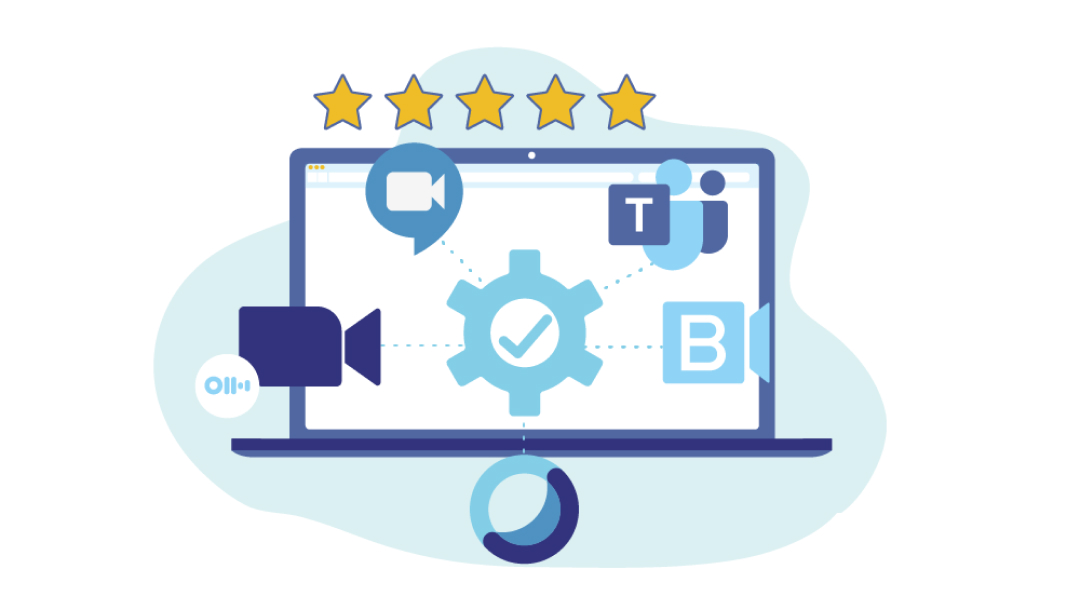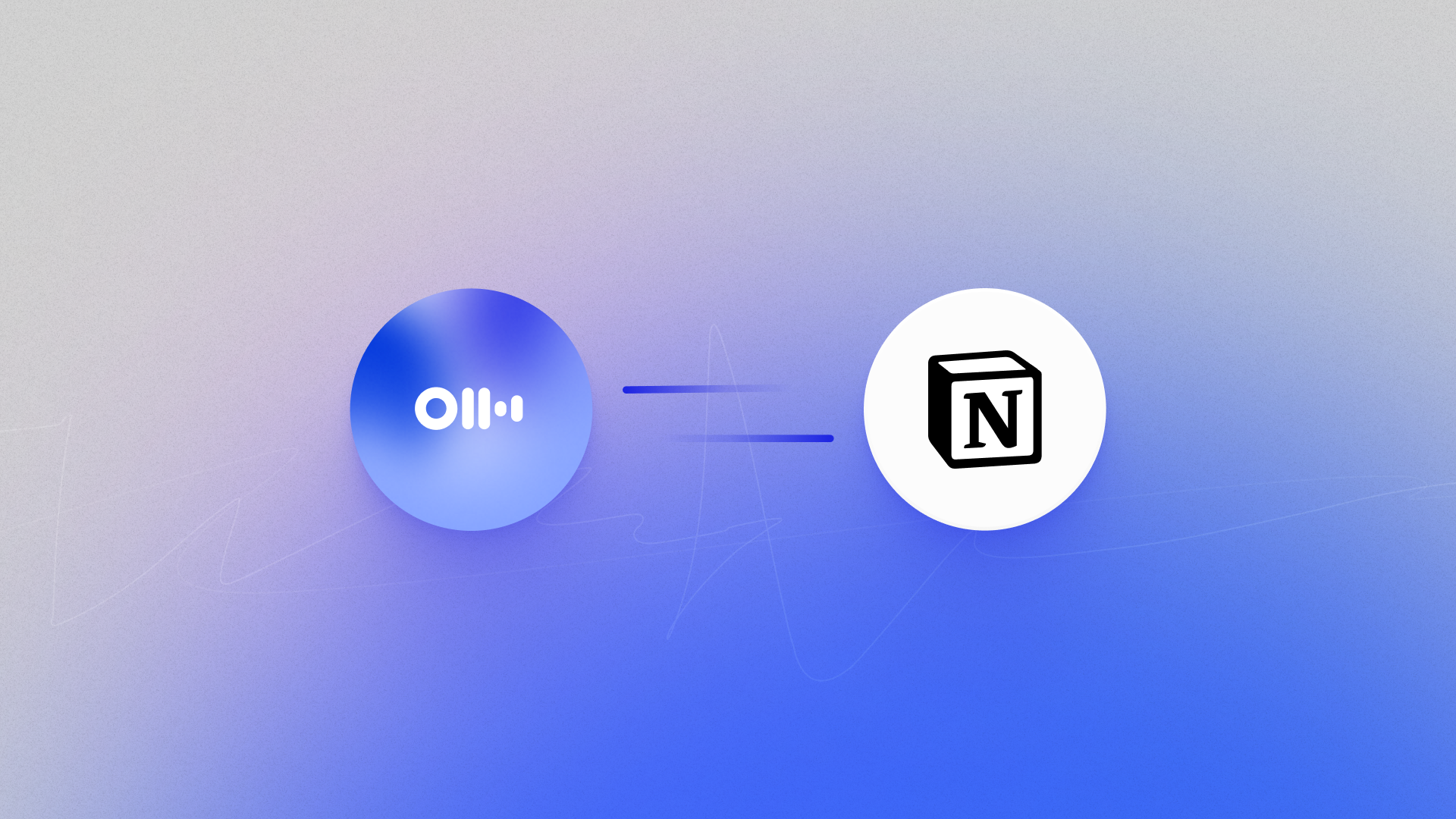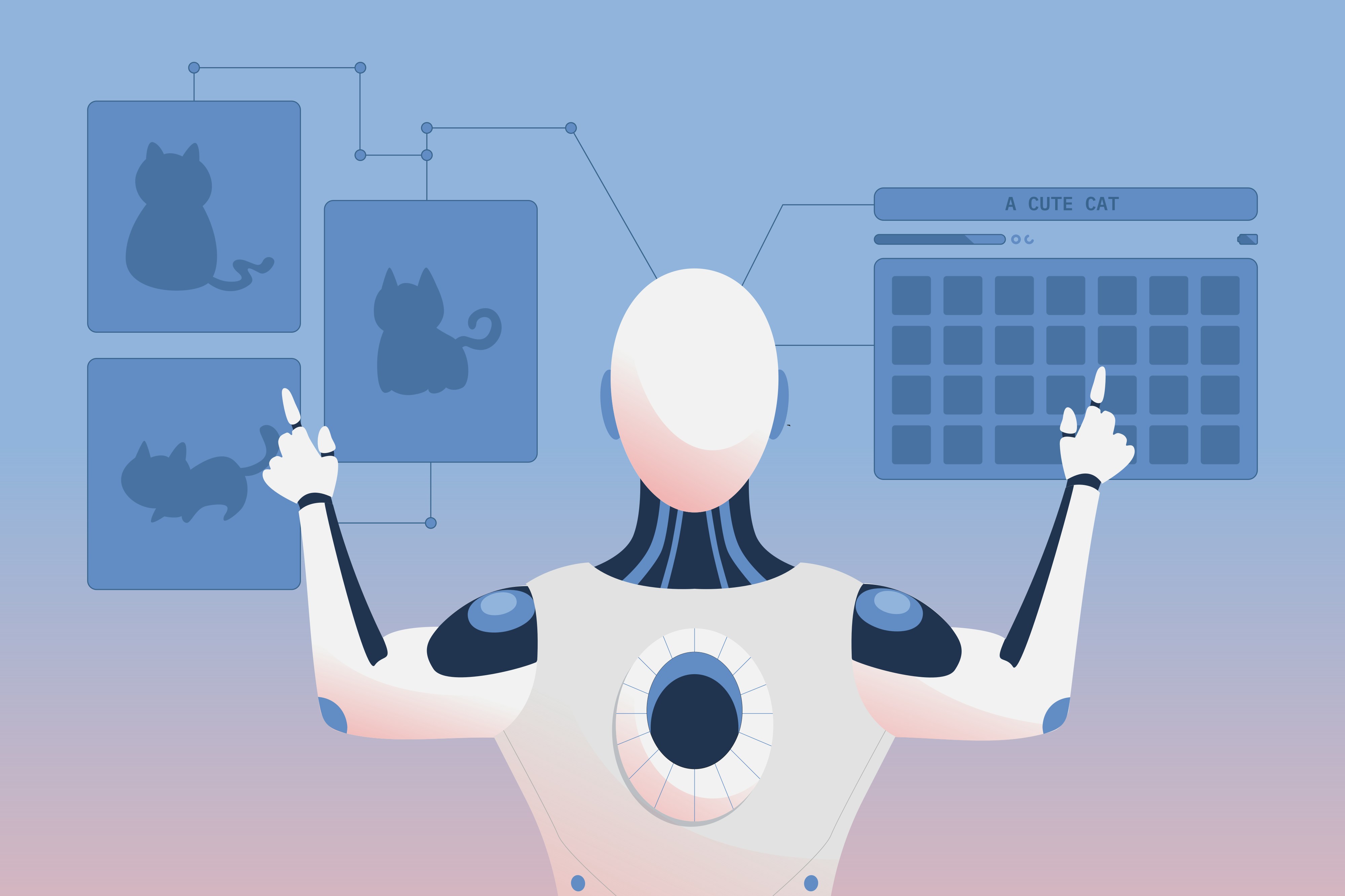Full Guide to Distributed Teams: Tips for Building and Managing a Distributed Team

Building and managing distributed teams require unique approaches that often differ from traditional business practices. This is partially due to the fact that distributed teams present unique challenges to project managers and remote company owners. Issues like scheduling, task management, communication, and feedback all necessitate the right business protocol and tools for distributed teams.
So, how can you build and manage a distributed team that is cohesive, productive, and cost-effective? In this guide, we will answer this question and provide you with actionable steps to get the most out of your distributed teams!
4 Tips for Building and Managing Distributed Teams
Before you can manage a distributed team, you need to ensure that you have the right people to fill each role. This will require you to search through talent pools and devise a strategy for acquiring quality hires. So, let’s take a look at the first tip for building distributed teams:
Find Ideal Candidates for Remote Work

Contrary to popular belief, everyone doesn’t work well in a remote team environment. Some people like to interact with their managers and coworkers face-to-face. After all, this has been the norm for centuries. Some workers may not have the technical literacy to jump into an active team role without any assistance. Thus, you must ensure that you find candidates that are ideal for remote work. You should measure each candidate’s compatibility based on a few important criteria:
- Qualifications for the Position - In most cases, your hiring manager will coordinate with you to designate the exact qualifications required for a given role. While you need to identify qualities that the “ideal” candidate should possess, you must also set a baseline, above which you can place all viable candidates. These qualities will often be related to technical skills or experience directly related to the role.
- Flexibility & Time Management - Once you go beyond the basic qualifications for the position, you can move into behavioral qualities related to time management, flexibility, and general availability. In some cases, these might be harder to measure, as some candidate’s availability can change on a day-to-day basis. Nonetheless, it is key to get a sense of a candidate’s ability to be flexible while working with distributed teams, multiple time zones, and tight deadlines.
- Communication Skills - Fortunately, you can easily evaluate communication skills during the initial interview. However, you will also want to make sure that your new hires maintain regular correspondence with other team members. Quality communication ensures that everyone in your distributed teams can stay on the same page. To help boost team communication both inside and outside of meetings, consider using Otter Live Notes to create real-time transcriptions of your conversations that can be shared as needed.
Choose the Best Tools for Distributed Team Communication
As previously mentioned, communication is probably the most important factor when evaluating the quality of your distributed teams. While you will need to build a distributed team that communicates effectively, you’ll also need to provide your best talent with the right tools. So, let’s look at some of the most important tools that can improve communication and employee engagement for your distributed teams:
Project Management Tools
Project management tools help you set goals, assign tasks, and manage the progress of your distributed teams — all in one location. Most project management tools also provide easy communication channels, so that you don’t need to keep track of conversations in multiple applications (email, messaging app, etc). Though there’s no one-size-fits-all project management tool, there are a few popular tools that will help jumpstart your any team project:
Additionally, while it’s not a project management tool, Slack is one of the most popular communication channels for remote workers and distributed teams.
Video Meeting Tools

While the applications listed above are all great for written communication, they don’t offer the same benefits as other types of communication, like face-to-face video calls. For this reason, many distributed teams choose to hold regular video meetings to stay up-to-date and share more complex information. Moreover, speaking face-to-face can help distributed teams build trust and productive working relationships. Here are some of the most popular video chat tools:
Otter Live Notes
If you’d like to get the most out of your video conferencing tools, you should also consider integrating Otter.ai. Otter provides real-time transcriptions of your Zoom meetings which can be edited and shared with ease. Not only does this make it easier to keep track of conversations, but it also helps team members who miss meetings stay informed. Finally, Otter.ai is a great way to help the hearing impaired participate effectively in video meetings.
Read also: How Otter is helping companies transition to remote work and distributed teams.
Standardize Scheduling and Task Management
Once you’ve assembled the right people and tools, it’s time to standardize and improve your processes. The exact changes you’ll need to make will depend on several factors, including your industry, your existing business processes, your goals, and the tools you use. In any case, there are a few steps that every manager or business owner should take to ensure success:
- Make sure everyone’s on the same page - Keeping your team in the loop is the most important step toward building and managing distributed teams. If team members feel lost or uninformed, they won’t be able to fulfill their responsibilities or provide useful input. So, find a format or tool in which you can keep every team member informed of changes, updates, deadlines, or any other important information. Luckily, applications like Slack, Asana, and Trello make it easy to keep distributed teams (both large and small) in the loop.
- Use a reliable task assignment and management process - An offshoot of open communication is the process of assigning and managing tasks. Dispersed teams and individual team members need a clear and reliable way to know who is responsible for completing certain tasks. There should also be a standardized way for team members to provide updates, share notes, and review feedback.
- Take different time zones into account - While some distributed teams don’t have to worry about time differences, many do. Having people working in different countries or time zones can get complicated, especially when you’re trying to schedule meetings or deal with asynchronous communication. So, make sure you know when and where everyone is working. This way, you can reserve meetings for specific times of the day or even stagger meetings for certain team members. Additionally, you should always account for time differences when exchanging urgent information.
- Make roles and responsibilities clear - Even if you hire someone for a very specific role, you may need to adjust their responsibilities over time. Roles evolve, which means that you should always be extremely clear about who manages certain tasks and processes. If someone’s role changes, make sure that they know about your expectations going forward.
Provide Regular Feedback and Reward Hard Work
The benefits of distributed teams and the benefits of remote work in general are numerous. You can acquire some of the top talent in the world, regardless of their geographical location. Additionally, you can lower your overhead expenses by doing away with a central workplace or traditional business headquarters.
Distributed workforce statistics also show that remote employees are often more content with their jobs and more inclined to stay with a company that offers remote work opportunities or flexible work hours. This means that distributed teams generally have higher retention rates.

However, distributed teams also come with several challenges. When an employee does all or most of their work remotely, they can begin to suffer from zoom fatigue or feel disconnected from their colleagues. Social connection and team collaboration at work provide a boost to morale and remind employees that they are part of a team. While you can’t force employees to form connections, you can encourage regular communication through positive feedback.
This isn’t to say that you should shower every employee with praise. However, you also shouldn’t provide overly negative feedback. With a remote workforce, constructive criticism is key. So, try to find a balance for every employee. Additionally, make sure that you provide feedback in face-to-face video calls whenever possible. This helps forge a connection between you and the members of your distributed team.
Finally, remember to reward hard work. If your dispersed teams are meeting or exceeding expectations, reward them accordingly. The same holds true for individual team members. If remote team members consistently go out of their way to provide quality work, make sure to reward their efforts with promotions, bonuses, off-time, or other incentives. In most cases, a reward system encourages remote work productivity and long-term work relationships.
Conclusion
Building distributed teams is all about finding the right people and tools, while managing distributed teams requires efficient processes and positive engagement between team members. Distributed team jobs are often enticing to workers, but they come with their own challenges for both employers and employees. In any case, if you follow the tips above, you’ll be able to foster a productive work environment for your distributed team.
Do you want to learn more about the perks of Otter.ai for building and managing distributed teams? Contact Otter.ai today for more information!




















